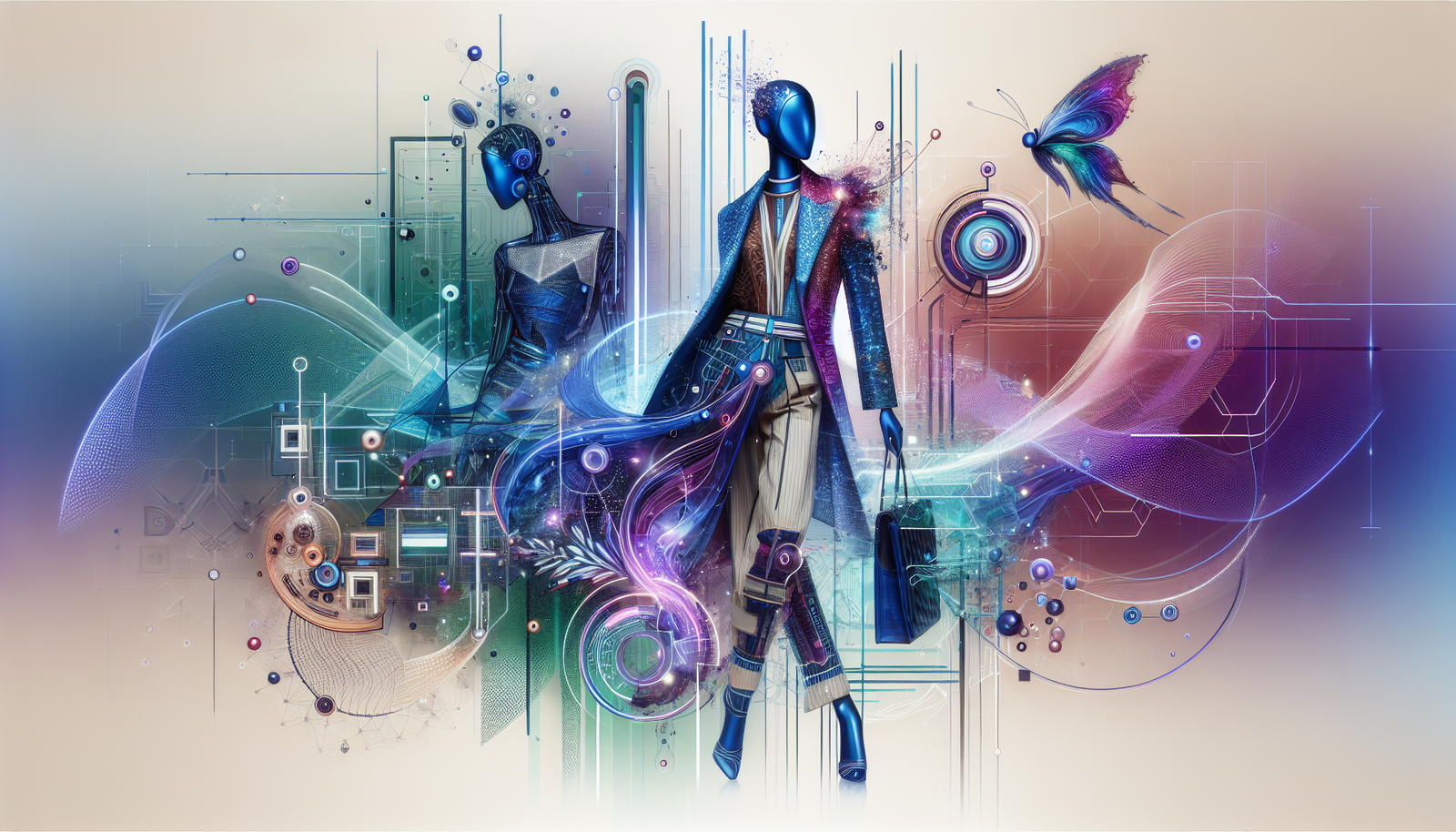Norma Kamali transcends the boundaries of fashion with artificial intelligence. An innovative path emerges, integrating creativity and algorithms in a world where demand is rapidly evolving. This bold vision is based on the idea that AI can become a >true creative partner, redefines both the industrial landscape and creative processes.
The convergence of art and technology is already shaping the future of the fashion industry. Drawing on her rich experience of over fifty years, Kamali offers a unique approach, integrating AI not just as a simple tool but as a vehicle for innovation. This approach leads to a rethinking of the way artists and designers interact while opening endless possibilities for sustainability and the personalization of creations.
Fashion is reinvented through AI. Kamali is dedicated to this bold goal, proving that technology and art can coexist harmoniously.
A pioneer in fashion
Norma Kamali, a respected fashion designer for over fifty years, represents an iconic figure of innovation in the industry. Her bold creations have captivated many celebrities, ranging from Whitney Houston to Jessica Biel. Today, Kamali explores the synergies between human creativity and artificial intelligence (AI). Her journey illustrates how technology can redefine fashion while preserving artistic heritage.
A defining meeting
During a meeting in Abu Dhabi, industry experts proposed designing an AI-powered fashion platform. Inspired by the discussion around her collection for Walmart, Kamali sees the potential of AI as a creative partner, rather than just a means to replicate her style. She envisions a system trained solely on her works, allowing for endless exploration of her creative archives.
A quest for knowledge
To deepen her understanding of generative AI, Kamali enrolls in the online course “Applied Generative AI for Digital Transformation” offered by MIT Professional Education. Her commitment to learning and innovation encourages her to overcome her initial fears, especially regarding the technical aspects of artificial intelligence. Her experience at MIT has provided her with new insights, stimulating her creativity.
Unprecedented creations
By collaborating with Maison Meta to develop a custom AI model, Kamali begins to experiment with designs. Using AI to reinterpret one of her iconic styles, she observes surprising results. These experiments demonstrate that AI can merge art, technology, and fashion in unexpected ways, opening new avenues for creation.
A necessary evolution
Kamali highlights a broader transformation in the industry, where AI not only frames processes but also catalyzes a total reinvention. She addresses the thorny issue of job replacement, asserting that new tools are essential to adapt the industry to current realities. The search for sewing skills is becoming more complicated, making the adoption of innovative solutions paramount.
Toward a sustainable future
As a passionate advocate for sustainability, Kamali sees AI as a means to reduce waste. She imagines systems capable of optimally selecting fabrics and producing on demand. For example, she discusses the possibility of creating an online wedding dress, built by robots, one garment at a time. The implications for sustainability in the fashion industry are significant.
A continuous learning process
The online course at MIT has not only revealed new ideas to Kamali but has also initiated a lasting dialogue with Abel Sanchez, the research director of the institution. Her experience has sparked a desire for continuous learning, recognizing that AI is evolving rapidly. She already plans to deepen her knowledge, aware that a lack of familiarity with AI could be akin to immersion in a foreign culture.
An inspiring vision
AI-generated pieces are now featured on Kamali’s website alongside her traditional collections. Far from viewing technology as a rival, she sees it as an essential partner. Her belief that learning is a perpetual adventure resonates with the changing face of the fashion industry. Kamali thus envisions a future where creativity and technology intertwine to shape the world of tomorrow.
Frequently Asked Questions
How does Norma Kamali use artificial intelligence in her creations?
Norma Kamali explores the use of artificial intelligence to reinterpret her iconic styles and create new works. With AI models, she can integrate elements from her extensive archive to generate innovative and unexpected designs.
What are the benefits of artificial intelligence for the fashion industry according to Norma Kamali?
She sees AI as an essential tool for enhancing creativity, optimizing production, and reducing waste, particularly by facilitating fabric selection and enabling on-demand production.
What has been Norma Kamali’s experience with MIT regarding artificial intelligence?
Kamali took a course on applied AI for digital transformation at MIT, where she gained a better understanding of generative AI, thus expanding her ideas and creativity in the field of fashion.
How can artificial intelligence influence sustainability in fashion?
Kamali sees AI as a way to promote sustainability by reducing harmful practices, for example, minimizing production surplus and facilitating customized garment design, such as on-demand wedding dresses.
What are the concerns related to the use of artificial intelligence in fashion?
Some concerns focus on the risk of replacing human jobs, but Norma Kamali emphasizes that designers will need to adapt and think of innovative tools to meet new market demands.
What is Norma Kamali’s vision for the future of fashion with AI?
She envisions a future where AI and human creativity coexist harmoniously, allowing for a rethinking of the design and production process while enriching the creative experience with unprecedented possibilities.
Does Norma Kamali believe that artificial intelligence can replace human creativity?
No, she asserts that AI does not replace human passion but can enrich it, thereby paving the way for new forms of artistic expression.
What are the implications of AI for accessibility in fashion?
By enabling on-demand production and customizing designs, AI could make fashion more accessible, offering tailored creations at competitive prices.
How does Norma Kamali integrate her knowledge of AI into her daily work?
Kamali utilizes AI tools to experiment with new designs and is committed to innovating by relying on her archives, thus facilitating the creation of new collections while remaining connected to her stylistic legacy.






